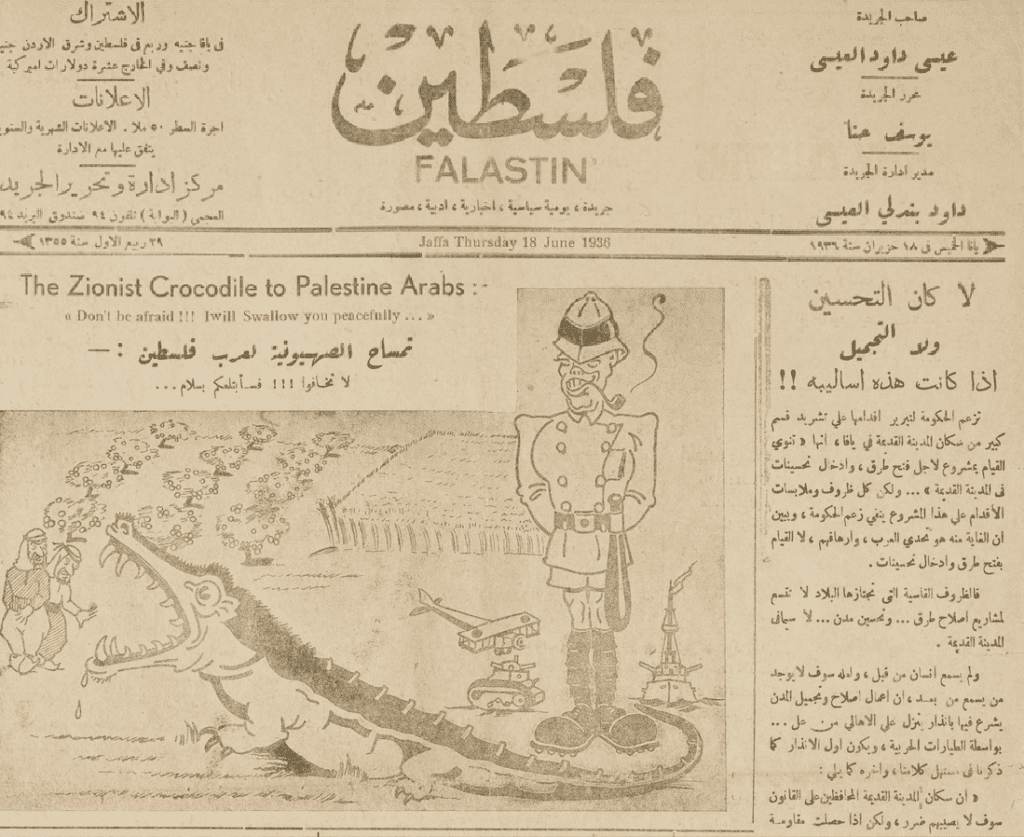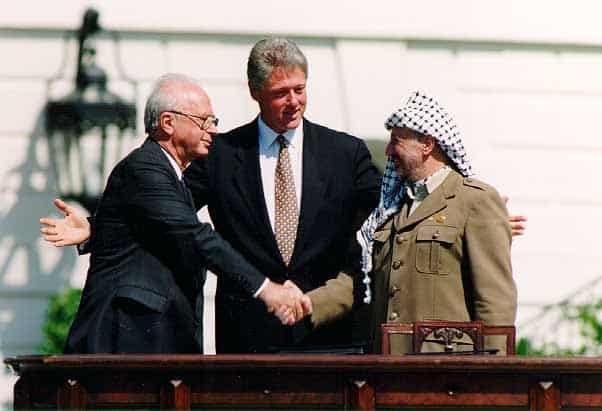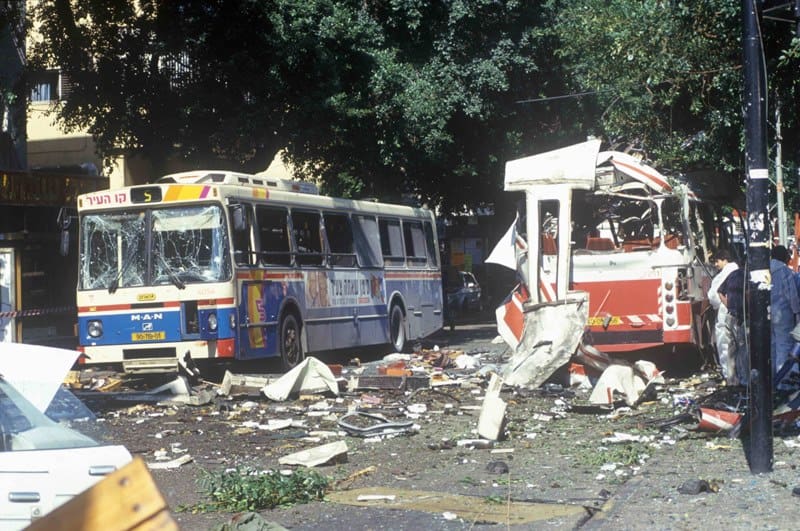The Israeli-Palestinian conflict is one of the world’s most enduring and complex disputes, marked by decades of historical, political, and religious complexities. It centers on competing claims to the land known as historic Palestine, now divided into Israel and the Palestinian territories, including the West Bank and the Gaza Strip. Understanding the conflict requires examining its historical roots, key issues, and ongoing efforts for resolution.
Origins of the Middle East Conflict
Historical Background
The origins of the Israeli-Palestinian conflict can be traced back to the late 19th and early 20th centuries. During this time, Zionist Jews began migrating to Palestine, then part of the Ottoman Empire, to establish a Jewish homeland. Concurrently, Arab Palestinians were already residing in the region, and their national identity was also evolving. The Balfour Declaration of 1917, which expressed British support for a “national home for the Jewish people” in Palestine, further fueled tensions.

The conflict intensified with the establishment of Israel in 1948, leading to wars, displacement, and a refugee crisis. Subsequent conflicts, territorial disputes, and issues such as the status of Jerusalem and the right of return for Palestinian refugees have further complicated the situation.
Israeli-Palestinian Conflict – Key Issues
Territorial Disputes: The conflict revolves around the competing claims to territory, particularly in the West Bank and Gaza Strip. Both Israelis and Palestinians assert historical and religious ties to these areas.
Jerusalem: The status of Jerusalem, a city sacred to Jews, Christians, and Muslims, remains a central point of contention. Israelis and Palestinians aspire to have the city as their capital, and its future remains a core issue in peace negotiations.
Refugees: Millions of Palestinian refugees and their descendants live in refugee camps, awaiting a resolution of their status and the right to return to their ancestral homes. This issue remains a significant barrier to peace.
Security Concerns: Security concerns, including terrorism and violence, have been prevalent throughout the conflict. Ensuring the safety of Israeli civilians and addressing the root causes of Palestinian violence are ongoing challenges.
Israeli-Palestinian Conflict – Peace Efforts
Numerous peace initiatives and negotiations have been attempted, including the Oslo Accords, the Camp David Accords, and the Road Map for Peace. However, a comprehensive and lasting resolution has remained elusive, with issues such as borders, refugees, and Jerusalem often proving insurmountable.

International actors, including the United Nations, the United States, and the European Union, have played roles in mediating and supporting peace talks. Civil society and grassroots movements continue to advocate for a peaceful solution.
Hamas

Credit: Brkai Wolfson/IDF Spokesperson’s Unit.
Conclusion
In addition, the Israeli-Palestinian conflict is a deeply rooted and multifaceted issue that has caused suffering for generations. Achieving a lasting peace remains a challenging task, requiring the willingness of both parties to negotiate, compromises on contentious issues, and international support.
First Palestinian Uprising
Furthermore, the conflict is a reminder of the complexities of territorial disputes, historical claims, and the delicate balance between national aspirations and the pursuit of peaceful coexistence. Ultimately, a negotiated two-state solution with security and sovereignty for both Israel and a viable Palestinian state remains the goal, even as the path toward that goal is fraught with obstacles. More about the subject on Wikipedia!







